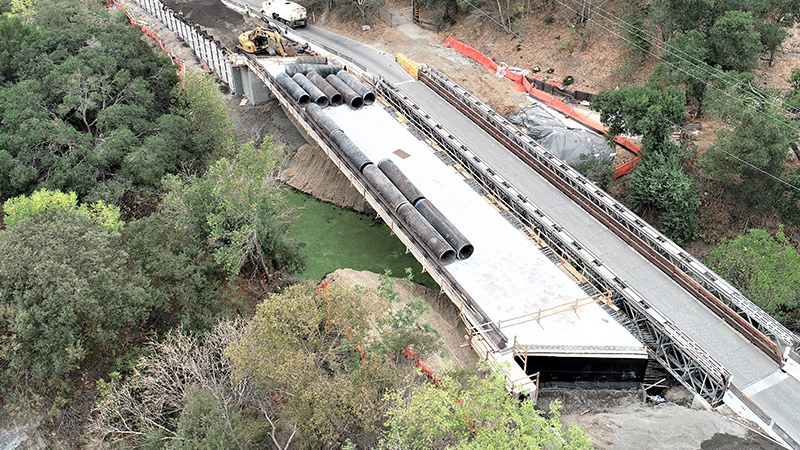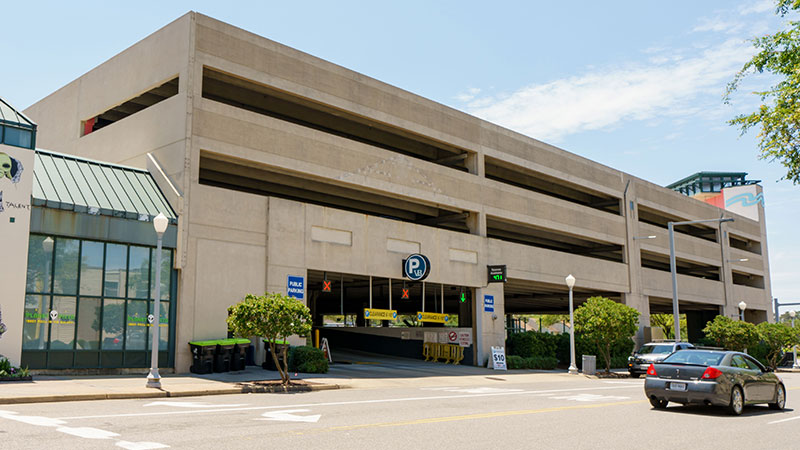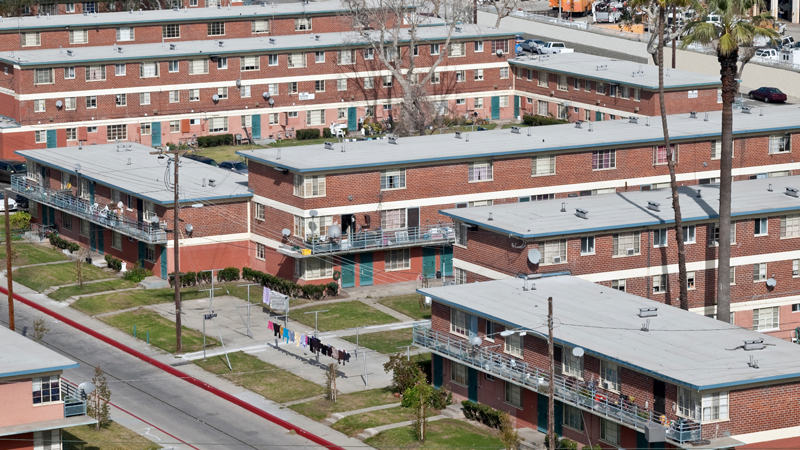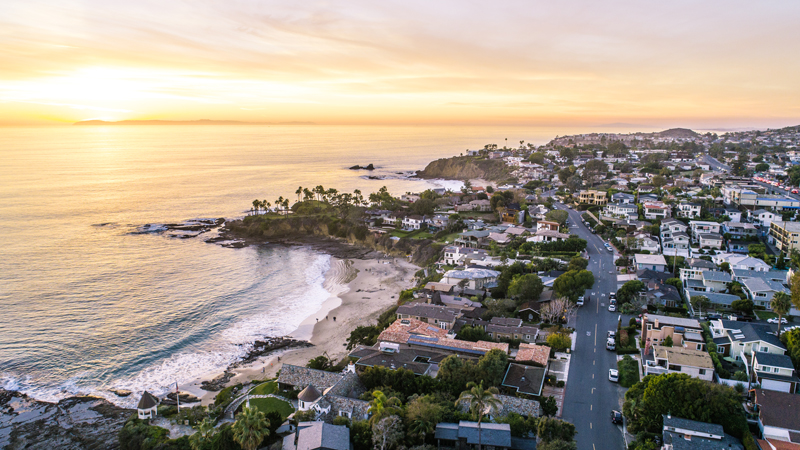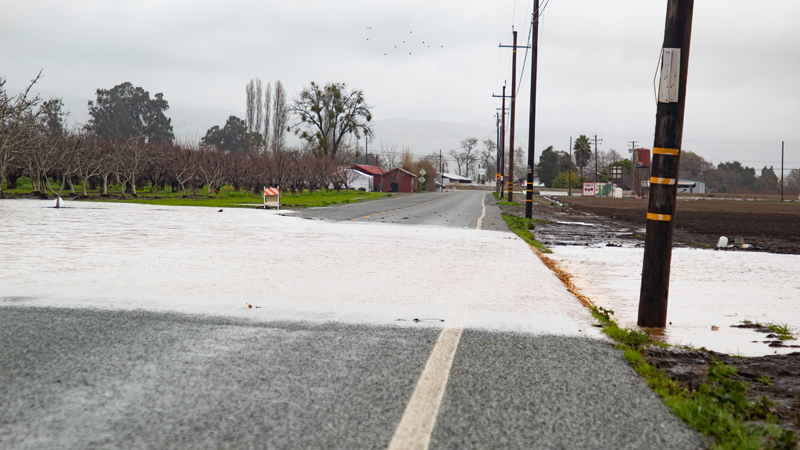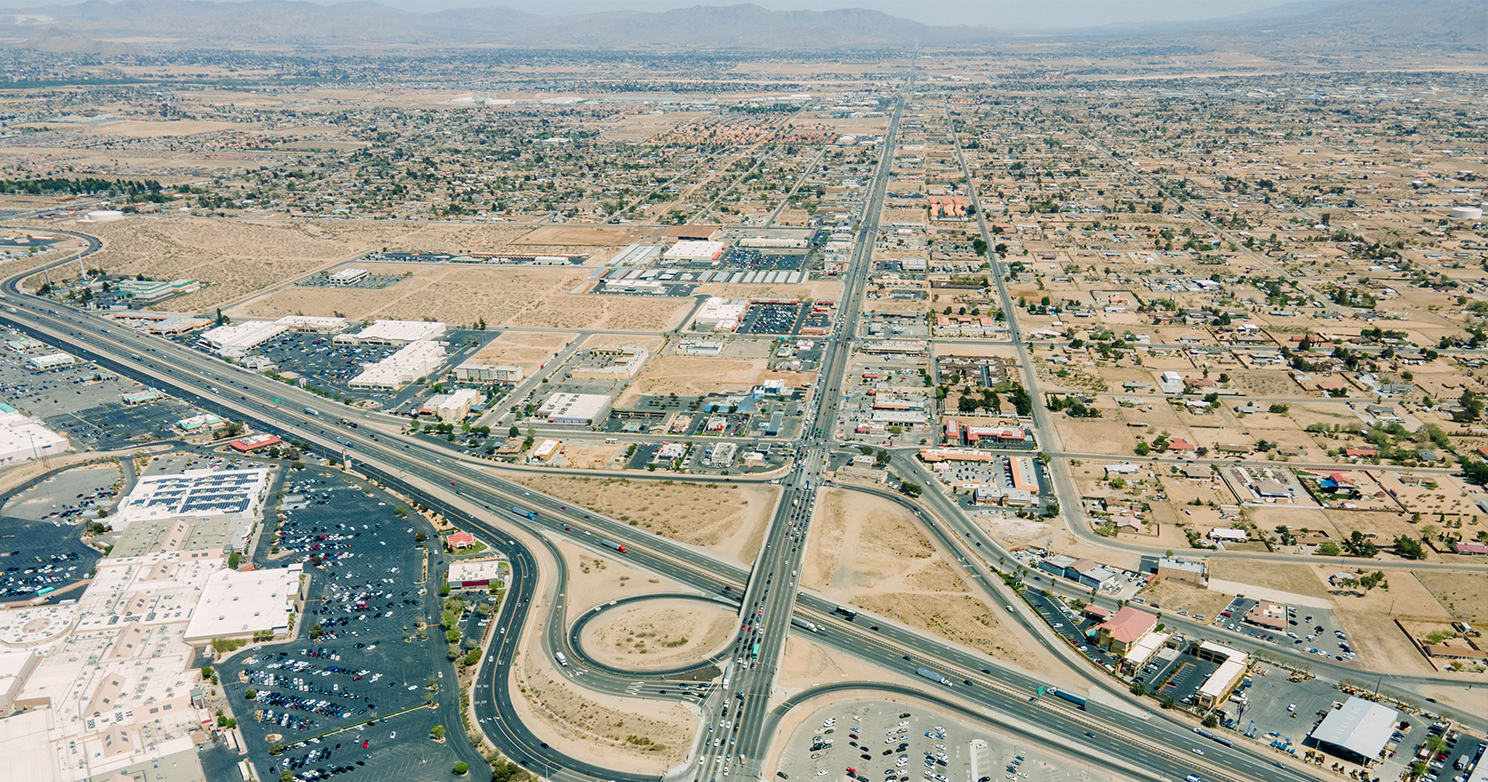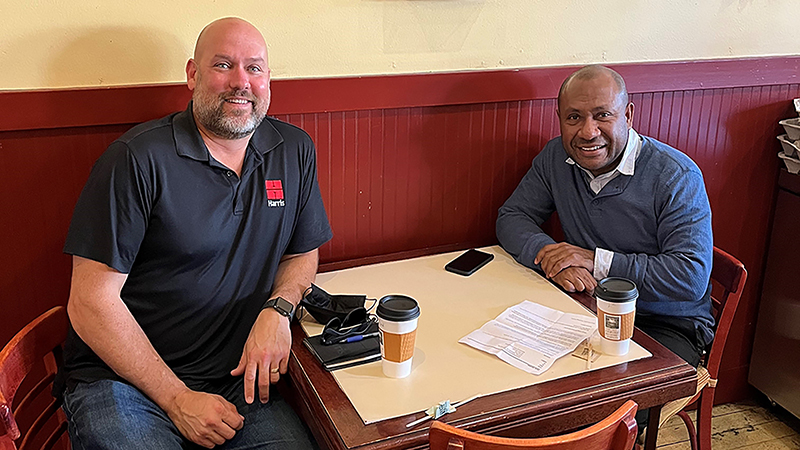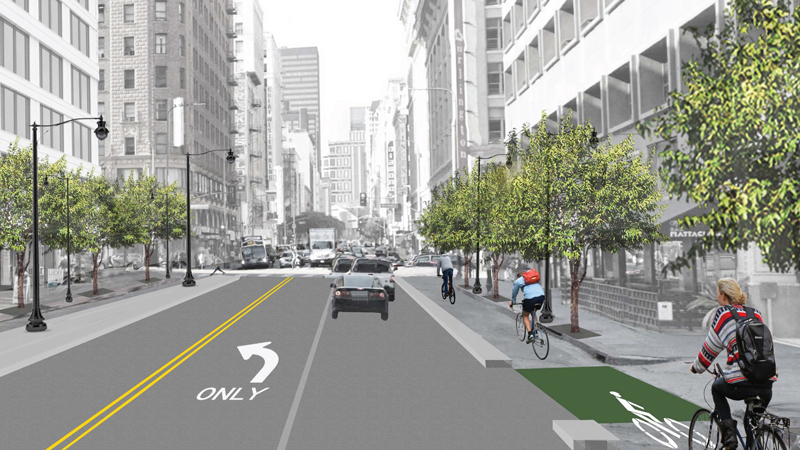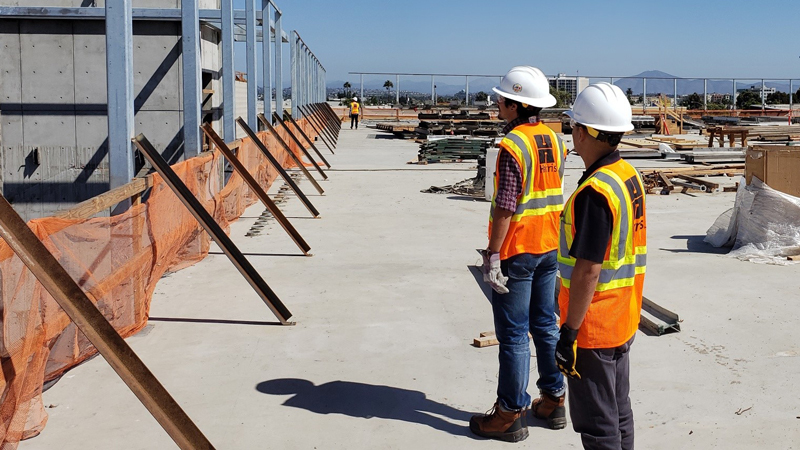Blogpost
4.7 minute read
September 26, 2017
Contrary to popular belief, water is not always the antidote to fire. Sometimes, it exacerbates the problem. That was the case following the Soberanes Fire in the summer of 2016, which burned hundreds of square miles of Big Sur and six miles of Monterey County’s Palo Colorado Road.
With so much of the region already charred and scarred by flames, the area was hit hard by three major rain events, leading to further disaster. Hard rain carried soil and debris loosened by the fire swiftly down steep terrain, clogging the culverts where Palo Colorado Road crosses Rocky Creek and Brandon Creek. Eventually, the creeks blew out part of the road and residents in more than 60 homes had no access to the outside world. With several other areas throughout the County also impacted, it prompted the mayor and the governor of California to declare a state of emergency.
Emergency Experts Reporting for Duty
The washed out road put the community in danger and another rainy season was too close for everyone’s comfort. The problem needed urgent attention—and a permanent solution. County officials chose Harris & Associates to leap into action, in large part due to our extensive experience in emergency response.
Our team’s experience with environmental permitting and mitigation also qualified us to expedite progress in a compressed timeline while wrangling seven state and federal agencies—not a task for the faint of heart.
This work provides a long-term solution that accommodates future creek and sediment flows, improves the environment, and provides safe and reliable access for the residents.
Harris is currently responsible for project management, surveying, geotechnical assessment, preliminary design, environmental documentation and permitting, community outreach and final PS&E. Our work also calls for new drainage improvements along with stabilization and repaving to repair the condition of Palo Colorado Road. This work provides a long-term solution that accommodates future creek and sediment flows, improves the environment, and provides safe and reliable access for the residents.
As the project manager, I have the privilege of bringing all the necessary experts together for this extraordinary undertaking, with my home base in direct proximity to the County offices and the project site. I also have the privilege of working alongside the talented Ken Leep, who had performed a preliminary damage assessment for the Soberanes Fire and knows better than most the regional damages that are appropriate for FEMA reimbursement.
We quickly put the County at ease, taking full ownership of the project so they could focus on other pressing needs. Based on our experience on similar roadway, culvert and bridge projects, we knew one key to success would be getting the environmental and engineering teams working closely together throughout the process. The Harris Team’s experience and understanding of the permit process helped us greatly in getting project design input from regulatory agency staff early in the design process in order to streamline permit approval. By March, we were off to the races—err, roadways!
Harris was able to provide rare, valuable direction during the design stage by having environmental specialists and construction managers at the table discussing feasibility and impact issues.
A Trio of Options
Our immediate priority is fixing the Rocky Creek crossing, and our task is to get as much recovery work done as quickly as possible. We set out to design a solution that would withstand Mother Nature’s wrath, improve the environment, and have little to no negative impact on the surrounding community.
In order to receive FEMA reimbursements, we were required to design a minimum of three alternatives, conducting an evaluation matrix to determine the potential impact of each.
Our matrix evaluated four key categories: effectiveness (in scour protection, stability and risk), cost, environmental impact, and community. We also conducted a hydraulics analysis, as the design needed to address the hydraulic conveyance for both Rocky Creek and Brandon Creek, as well as improvements to Palo Colorado Road and the private driveways—prioritizing access to surrounding properties. Harris also augmented existing data with field surveys, including geotechnical evaluations.
Each of the three alternatives—a bridge, box culvert, and metal arch culvert—addressed the contraction scour and shear stresses along the creek bank, and would be considered based on its ability to protect against various storm events. This area will continue to experience debris flow for several years; therefore, it is necessary to account for this flow by adjusting or “bulking” the flow rate.
A Sustainable Solution
Ultimately, the County chose the metal arch culvert, a 16’ wide by 8’ high structure, for a design that minimizes environmental impacts and works best given the constraints of the canyon construction site. Harris was able to provide rare, valuable direction during the design stage by having environmental specialists and construction managers at the table discussing feasibility and impact issues.
The footing required to support this structure was designed to minimize tree removal to the extent possible, but still requires the removal of 22 mature redwood trees. The required ratio of replacement trees could not be accommodated at the site due to the narrow canyon and dense tree canopy around the site. However, our mitigation specialists found a solution, and Harris is coordinating with the Big Sur Land Trust to plant trees at their nearby redwood restoration site.
Racing Toward the Finish
Work continues on the new culvert and road repairs as you read this. I’m very proud of the collaborative effort our team has provided for the County and its Palo Colorado residents. In times of emergency, you can’t underestimate the value of experience, a can-do attitude, and team work.
What do you think? Have any emergency work you’re particularly proud of or challenged by? Let’s discuss it.
Authors
Markets
Services
Civil Design
Environmental Planning + Compliance
Categories
Disaster Recovery

